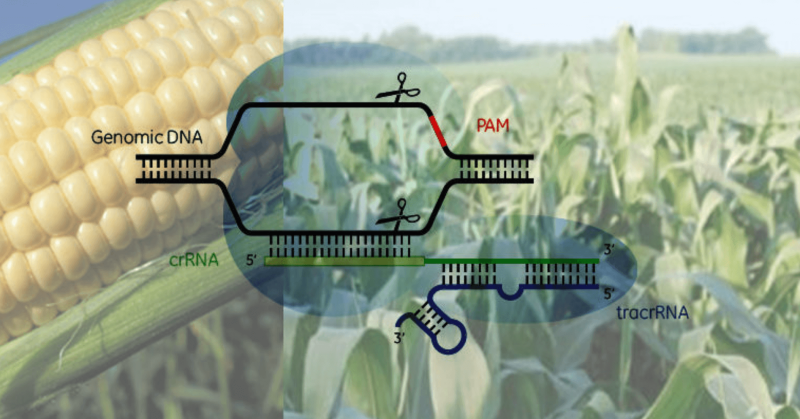Genetically modified crops are continuing to spread across the world’s agricultural land. Last year they covered a record 185m hectares, 3 percent up on 2015.
…
In the future, gene editing technology, particularly the technique called Crispr, is expected to accelerate the introduction of new crops. This involves making very precise changes to the DNA already present in the plant, unlike conventional GM technology which introduces new genes. As a consequence, the agricultural biotechnology industry hopes it will be subject to lighter regulation, particularly in Europe.
To demonstrate the power of Crispr in plant breeding, scientists at Cold Spring Harbor Laboratory in the US recently edited the tomato genome in three different ways to make three distinct changes in the way the plant grows: its fruit size, branching pattern and overall shape.
“What we demonstrated with each of the traits was the ability to use Crispr to generate new genetic and trait variation that breeders can use to tailor a plant to suit conditions,” says Zachary Lippman, project leader. “Each trait can now be controlled in the way a dimmer switch controls a lightbulb.”
Read full, original post: GM crops take the line of least resistance in their global spread































